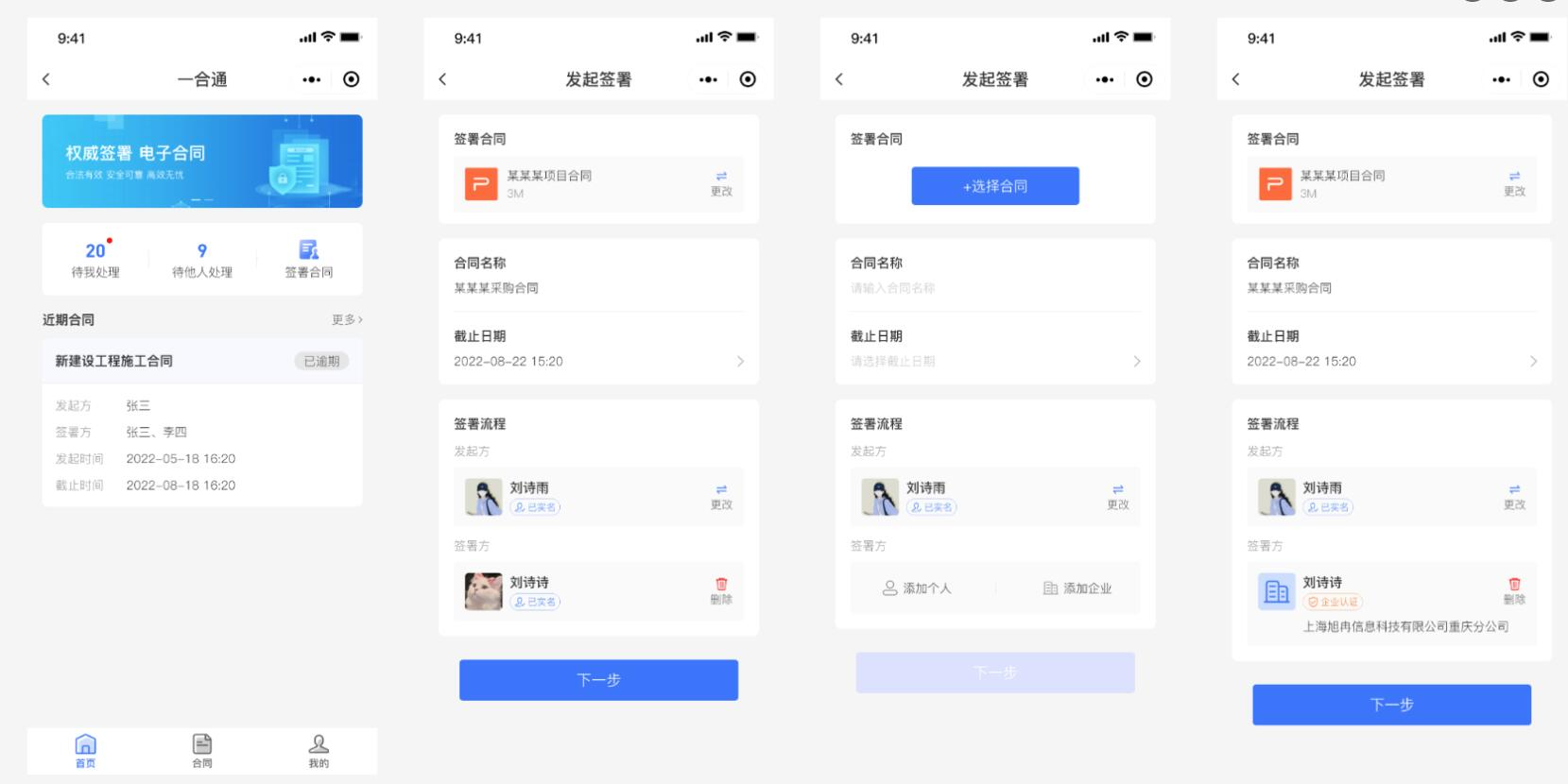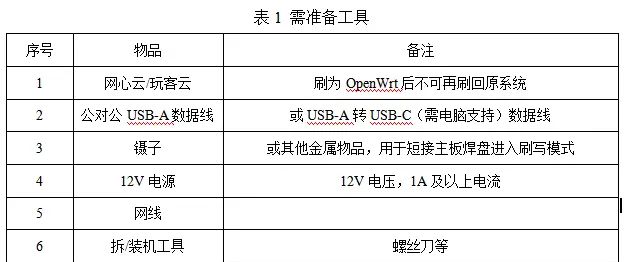《Python OpenCV从菜鸟到高手》带你进入图像处理与计算机视觉的大门!
解锁Python编程的无限可能:《奇妙的Python》带你漫游代码世界
在云计算时代,AWS(Amazon Web Services)作为领先的云服务平台,其资源管理的高效性对企业至关重要。本文深入探讨如何利用Python的boto3库实现AWS资源(如S3桶、EC2实例等)的自动化管理。文章从环境配置开始,详细介绍了boto3的基础用法,并通过丰富的代码示例展示了如何创建、查询、更新和删除AWS资源。文中包含大量带中文注释的Python代码,帮助读者理解每个步骤的实现逻辑。此外,还探讨了自动化脚本的优化技巧,如异常处理、批量操作和日志记录,以提升脚本的健壮性和实用性。本文适合希望提升AWS管理效率的开发者和系统管理员,通过约4000字的篇幅,读者将掌握从基础操作到高级自动化的完整技能,轻松实现云端资源的程序化掌控。
正文
1. 引言
随着云计算的普及,AWS提供了丰富的服务,如存储(S3)、计算(EC2)、数据库(RDS)等。然而,手动管理这些资源费时费力,尤其在资源规模较大时,自动化管理成为必然选择。Python作为一门简单而强大的编程语言,结合AWS官方提供的boto3库,为开发者提供了便捷的API接口,用于以编程方式管理AWS资源。本文将深入探讨如何用Python和boto3实现AWS资源的自动化管理,涵盖S3桶和EC2实例的常见操作,并提供大量代码示例和详细解释。
2. 环境准备
在开始之前,我们需要配置开发环境,确保可以顺利调用AWS服务。
2.1 安装Python和Boto3
确保系统中已安装Python 3.x,然后通过pip安装boto3:
pip install boto3
2.2 配置AWS凭证
boto3需要AWS的访问密钥(Access Key)和秘密密钥(Secret Key)来认证。你可以通过以下方式配置:
在~/.aws/credentials文件中添加:
[default]
aws_access_key_id = YOUR_ACCESS_KEY
aws_secret_access_key = YOUR_SECRET_KEY
设置默认区域,在~/.aws/config中:
[default]
region = us-west-2
也可以通过代码动态指定凭证,但为了安全性,建议使用配置文件。
3. 管理S3桶
S3(Simple Storage Service)是AWS的核心存储服务,我们将从创建S3桶开始。
3.1 创建S3桶
以下代码展示如何创建一个S3桶:
import boto3
from botocore.exceptions import ClientError
# 初始化S3客户端
s3_client = boto3.client('s3')
def create_bucket(bucket_name, region='us-west-2'):
"""创建S3桶"""
try:
# 指定区域创建桶
s3_client.create_bucket(
Bucket=bucket_name,
CreateBucketConfiguration={
'LocationConstraint': region}
)
print(f"成功创建S3桶: {
bucket_name}")
except ClientError as e:
print(f"创建S3桶失败: {
e}")
# 示例调用
create_bucket('my-test-bucket-2025')
代码解释:
boto3.client('s3'):创建S3服务的客户端。
create_bucket函数:接受桶名称和区域参数,使用create_bucket方法创建桶。
ClientError:捕获可能的异常,如桶名已存在或权限不足。
3.2 上传文件到S3
上传文件是S3的常见操作:
def upload_file(bucket_name, file_path, object_name=None):
"""上传文件到S3桶"""
if object_name is None:
object_name = file_path.split('/')[-1] # 默认使用文件名
try:
s3_client.upload_file(file_path, bucket_name, object_name)
print(f"文件 {
file_path} 已上传到 {
bucket_name}/{
object_name}")
except ClientError as e:
print(f"上传失败: {
e}")
# 示例调用
upload_file('my-test-bucket-2025', 'example.txt')
代码解释:
upload_file方法:将本地文件上传到指定S3桶。
object_name:S3中的对象键,默认使用文件名。
3.3 下载文件
从S3下载文件也很简单:
def download_file(bucket_name, object_name, local_path):
"""从S3下载文件"""
try:
s3_client.download_file(bucket_name, object_name, local_path)
print(f"已下载 {
object_name} 到 {
local_path}")
except ClientError as e:
print(f"下载失败: {
e}")
# 示例调用
download_file('my-test-bucket-2025', 'example.txt', 'downloaded_example.txt')
3.4 列出S3桶中的对象
查询桶中所有对象:
def list_objects(bucket_name):
"""列出S3桶中的所有对象"""
try:
response = s3_client.list_objects_v2(Bucket=bucket_name)
if 'Contents' in response:
for obj in response['Contents']:
print(f"对象: {
obj['Key']}, 大小: {
obj['Size']} 字节")
else:
print("桶中没有对象")
except ClientError as e:
print(f"查询失败: {
e}")
# 示例调用
list_objects('my-test-bucket-2025')
4. 管理EC2实例
EC2(Elastic Compute Cloud)是AWS的虚拟机服务,以下是如何自动化管理EC2实例。
4.1 创建EC2实例
启动一个EC2实例需要指定镜像ID、实例类型等参数:
# 初始化EC2客户端
ec2_client = boto3.client('ec2')
def launch_ec2_instance(ami_id, instance_type='t2.micro', key_name=None):
"""启动一个EC2实例"""
try:
response = ec2_client.run_instances(
ImageId=ami_id, # AMI ID,例如Amazon Linux 2
InstanceType=instance_type,
KeyName=key_name, # SSH密钥对名称
MinCount=1,
MaxCount=1
)
instance_id = response['Instances'][0]['InstanceId']
print(f"成功启动EC2实例: {
instance_id}")
return instance_id
except ClientError as e:
print(f"启动EC2实例失败: {
e}")
return None
# 示例调用(替换为实际的AMI ID和密钥对名称)
instance_id = launch_ec2_instance('ami-0c55b159cbfafe1f0', key_name='my-key-pair')
代码解释:
run_instances:启动实例,MinCount和MaxCount指定实例数量。
返回的instance_id可用于后续操作。
4.2 查看实例状态
检查实例的状态:
def check_instance_status(instance_id):
"""检查EC2实例状态"""
try:
response = ec2_client.describe_instances(InstanceIds=[instance_id])
state = response['Reservations'][0]['Instances'][0]['State']['Name']
print(f"实例 {
instance_id} 的状态: {
state}")
return state
except ClientError as e:
print(f"查询状态失败: {
e}")
return None
# 示例调用
check_instance_status(instance_id)
4.3 停止和终止实例
停止或终止实例也很重要:
def stop_instance(instance_id):
"""停止EC2实例"""
try:
ec2_client.stop_instances(InstanceIds=[instance_id])
print(f"正在停止实例: {
instance_id}")
except ClientError as e:
print(f"停止实例失败: {
e}")
def terminate_instance(instance_id):
"""终止EC2实例"""
try:
ec2_client.terminate_instances(InstanceIds=[instance_id])
print(f"正在终止实例: {
instance_id}")
except ClientError as e:
print(f"终止实例失败: {
e}")
# 示例调用
stop_instance(instance_id)
terminate_instance(instance_id)
5. 自动化脚本优化
为了使脚本更健壮,我们可以添加以下功能。
5.1 异常处理和重试机制
使用tenacity库实现重试:
from tenacity import retry, stop_after_attempt, wait_fixed
@retry(stop=stop_after_attempt(3), wait=wait_fixed(2))
def safe_upload_file(bucket_name, file_path, object_name=None):
"""带重试的文件上传"""
if object_name is None:
object_name = file_path.split('/')[-1]
s3_client.upload_file(file_path, bucket_name, object_name)
print(f"文件 {
file_path} 已上传到 {
bucket_name}/{
object_name}")
# 示例调用
safe_upload_file('my-test-bucket-2025', 'example.txt')
解释:如果上传失败,最多重试3次,每次间隔2秒。
5.2 日志记录
使用logging模块记录操作:
import logging
# 配置日志
logging.basicConfig(level=logging.INFO, filename='aws_automation.log',
format='%(asctime)s - %(levelname)s - %(message)s')
def create_bucket_with_logging(bucket_name, region='us-west-2'):
"""创建S3桶并记录日志"""
try:
s3_client.create_bucket(
Bucket=bucket_name,
CreateBucketConfiguration={
'LocationConstraint': region}
)
logging.info(f"成功创建S3桶: {
bucket_name}")
except ClientError as e:
logging.error(f"创建S3桶失败: {
e}")
raise
# 示例调用
create_bucket_with_logging('my-logged-bucket-2025')
5.3 批量操作
批量启动多个EC2实例:
def launch_multiple_instances(ami_id, instance_type='t2.micro', count=2, key_name=None):
"""批量启动EC2实例"""
try:
response = ec2_client.run_instances(
ImageId=ami_id,
InstanceType=instance_type,
KeyName=key_name,
MinCount=count,
MaxCount=count
)
instance_ids = [inst['InstanceId'] for inst in response['Instances']]
print(f"成功启动 {
count} 个实例: {
instance_ids}")
return instance_ids
except ClientError as e:
print(f"批量启动失败: {
e}")
return []
# 示例调用
instance_ids = launch_multiple_instances('ami-0c55b159cbfafe1f0', count=3, key_name='my-key-pair')
6. 数学公式与性能分析
在自动化管理中,有时需要计算资源成本或性能。例如,假设EC2实例按小时计费,成本计算公式为:
总成本 = 实例数量 × 每小时费用 × 运行小时数 ext{总成本} = ext{实例数量} imes ext{每小时费用} imes ext{运行小时数} 总成本=实例数量×每小时费用×运行小时数
代码实现:
def calculate_ec2_cost(instance_count, hourly_rate, hours):
"""计算EC2运行成本"""
total_cost = instance_count * hourly_rate * hours
print(f"运行 {
instance_count} 个实例 {
hours} 小时,每小时费用 ${
hourly_rate},总成本: ${
total_cost:.2f}")
return total_cost
# 示例调用
cost = calculate_ec2_cost(3, 0.0116, 24) # t2.micro每小时$0.0116
7. 完整自动化脚本示例
以下是一个综合脚本,管理S3和EC2:
import boto3
import logging
from botocore.exceptions import ClientError
# 配置日志
logging.basicConfig(level=logging.INFO, filename='aws_automation.log',
format='%(asctime)s - %(levelname)s - %(message)s')
# 初始化客户端
s3_client = boto3.client('s3')
ec2_client = boto3.client('ec2')
def manage_s3_and_ec2(bucket_name, ami_id, instance_count=1, key_name=None):
"""综合管理S3和EC2"""
# 创建S3桶
try:
s3_client.create_bucket(
Bucket=bucket_name,
CreateBucketConfiguration={
'LocationConstraint': 'us-west-2'}
)
logging.info(f"成功创建S3桶: {
bucket_name}")
except ClientError as e:
logging.error(f"创建S3桶失败: {
e}")
return
# 上传示例文件
try:
s3_client.upload_file('example.txt', bucket_name, 'example.txt')
logging.info(f"文件已上传到 {
bucket_name}/example.txt")
except ClientError as e:
logging.error(f"上传文件失败: {
e}")
# 启动EC2实例
try:
response = ec2_client.run_instances(
ImageId=ami_id,
InstanceType='t2.micro',
KeyName=key_name,
MinCount=instance_count,
MaxCount=instance_count
)
instance_ids = [inst['InstanceId'] for inst in response['Instances']]
logging.info(f"成功启动 {
instance_count} 个实例: {
instance_ids}")
except ClientError as e:
logging.error(f"启动EC2实例失败: {
e}")
# 示例调用
manage_s3_and_ec2('my-full-bucket-2025', 'ami-0c55b159cbfafe1f0', instance_count=2, key_name='my-key-pair')
8. 结论
通过本文,我们展示了如何使用Python和boto3实现AWS资源的自动化管理。从S3桶的创建、文件上传下载,到EC2实例的启动、状态检查和终止,代码覆盖了常见的操作场景。优化后的脚本加入了异常处理、重试机制和日志记录,使其更适合生产环境。未来,可以进一步扩展到其他AWS服务(如RDS、Lambda),或集成到CI/CD流程中,实现更高级的自动化。























暂无评论内容